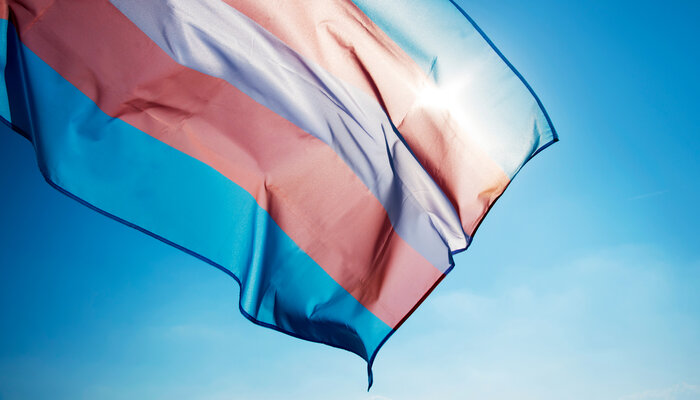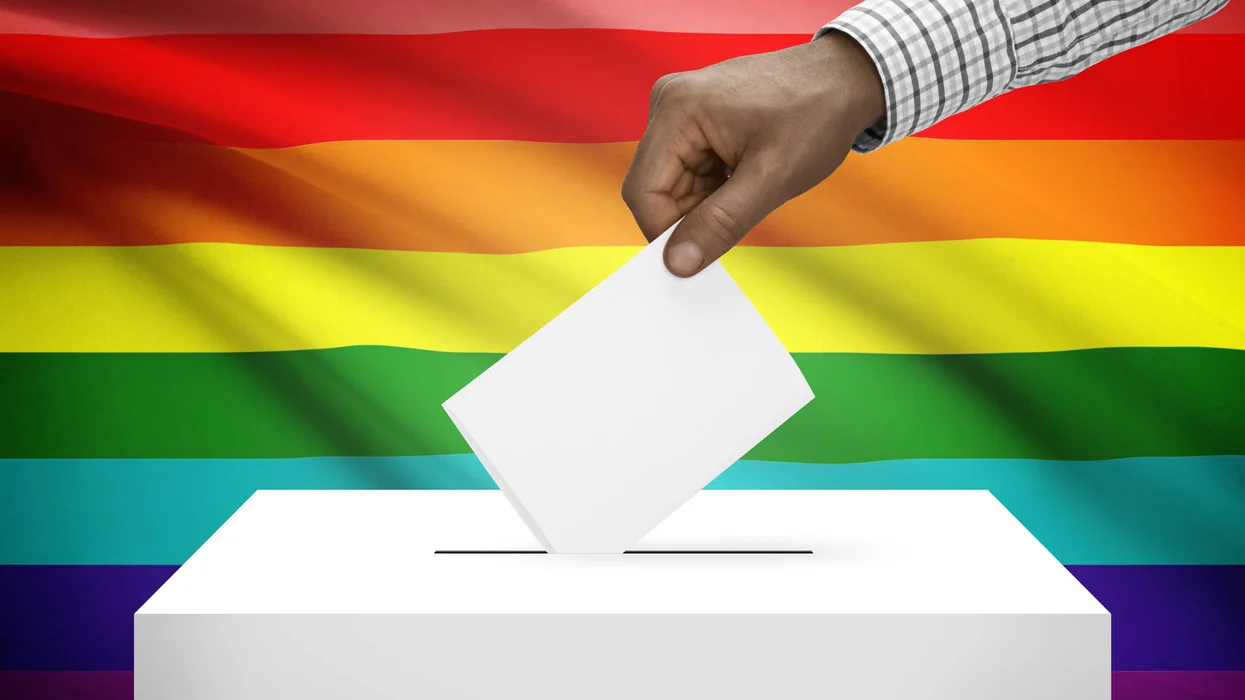ID Laws Threaten 210,000 Transgender Votes in November

Current voter ID laws in several states could create serious barriers to transgender Americans’ participation in the upcoming presidential election, according to a new report from the Williams Institute.
Strict ID requirements could limit transgender voting
“Voter ID laws can create unique barriers to voting for significant numbers of transgender people, which is especially critical in elections where the outcome can be decided by a small number of votes,” said Jodi L. Herman, co-author of the report and a senior fellow in public policy at the Williams Institute.
More than 210,000 adult transgender voters, nearly a quarter of the total number of transgender people eligible to vote, could face serious obstacles due to a lack of proper identification. In states with strict identification requirements, this problem is especially acute for transgender citizens.

Laws that require voters to show identification in person to vote create significant barriers for transgender citizens, especially if the gender on their documents does not match their identity. While some states offer provisional ballots for those who have trouble finding identification, states with the strictest ID requirements could disenfranchise up to 91,300 transgender people from voting this year.
These concerns are heightened when it comes to transgender people, who face additional challenges, such as racial, economic, and disability restrictions. These groups face systemic barriers and discriminatory laws that can make it difficult or impossible to renew their identification documents.
36 States Require ID to Vote: 9 With the Strictest Rules
Thirty-six states require voters to show identification at the polls. Of those, nine states—Arkansas, Georgia, Indiana, Kansas, Mississippi, North Carolina, Ohio, Tennessee, and Wisconsin—require voters to show identification to vote.
Adult voters who lack identification but meet other eligibility requirements are offered provisional ballots to use if their eligibility is in doubt. In some cases, photo identification may be required for a ballot to be counted. Additionally, 27 states have implemented new voting restrictions that were not in place in previous elections, causing confusion among voters about the current identification requirements in their areas.
More than 170,000 transgender adults live in states with the most restrictive ID laws, representing nearly 20 percent of the transgender voters in those regions. More than 270,000 of them face challenges due to lack of identification that reflects their gender identity, and many of those people live in states that have made it difficult to change their documents.

Wisconsin, North Carolina and Georgia, key swing states that could decide the outcome of the election, also have touch ID laws. These laws affect more than 135,000 transgender voters in those areas.
Anxiety about voting among transgender residents in these states raises additional concerns, including fears of possible discriminatory actions by poll workers. Even though many transgender people have the opportunity to vote, they remain concerned that their efforts to cast a ballot could be hampered.
These concerns come despite the fact that transgender voters tend to be more active in elections than cisgender voters. A study by Advocates for Trans Equality found that 82% of older transgender voters are eligible to vote, compared to 73% of the overall American population. Moreover, in the 2020 presidential election, 75% of transgender voters turned out, compared to 67% of the overall population.
The Williams Institute report draws on information collected by the National Conference of State Legislatures on Voter ID Laws and includes data from the 2022 American Population Survey to estimate the population in each state. The report also uses data from the 2022 U.S. Transgender Survey (USTS), run by the National Center for Transgender Equality, to help estimate the total number of transgender people. Using that data, the Institute calculated the number of transgender voters in each state and examined voting procedures in different states to understand how people can vote there.
